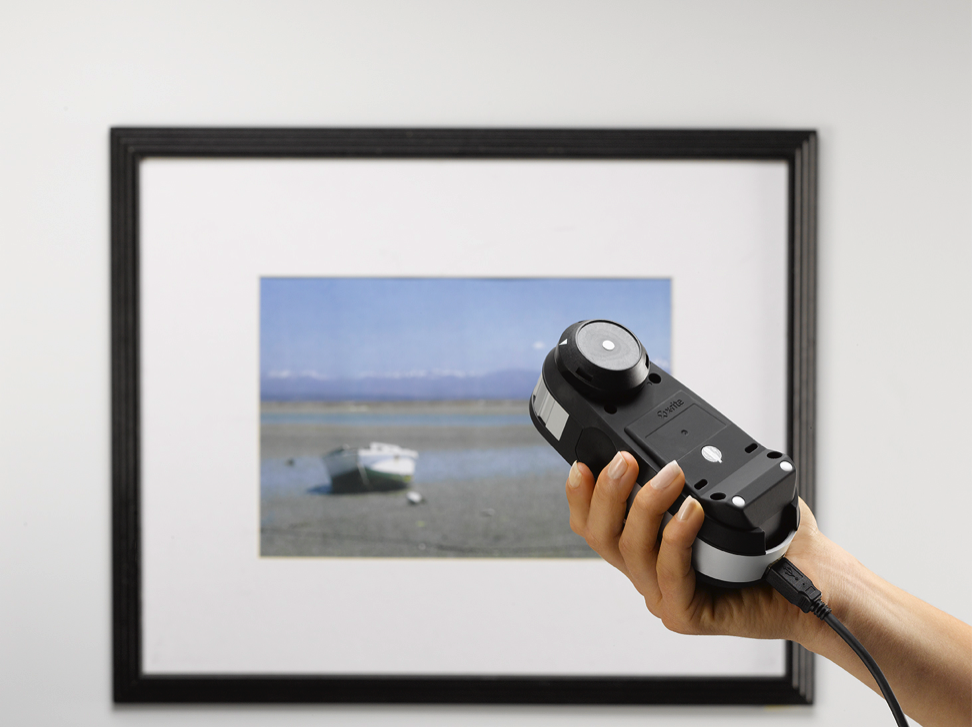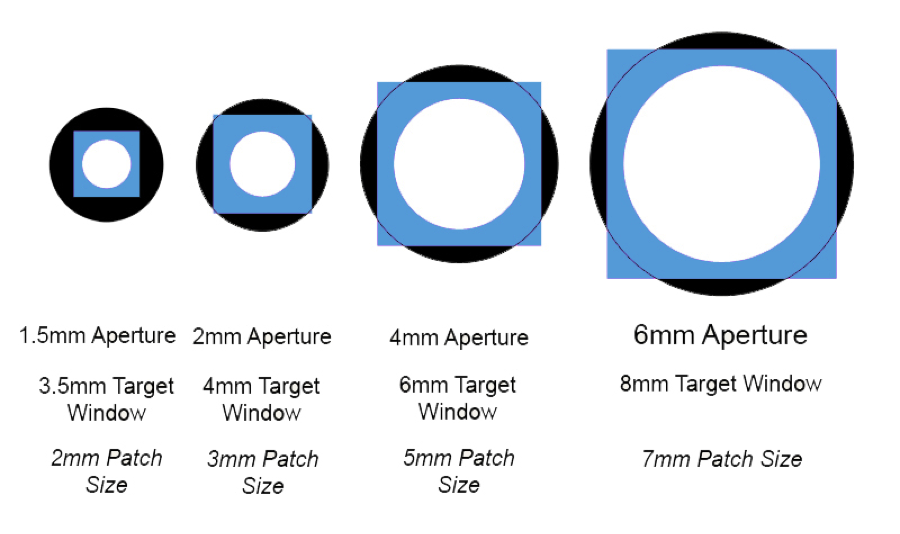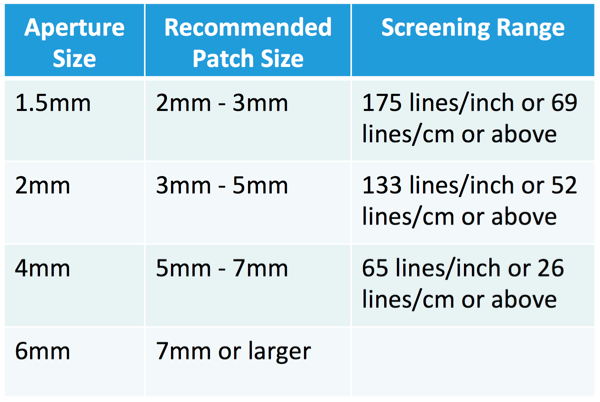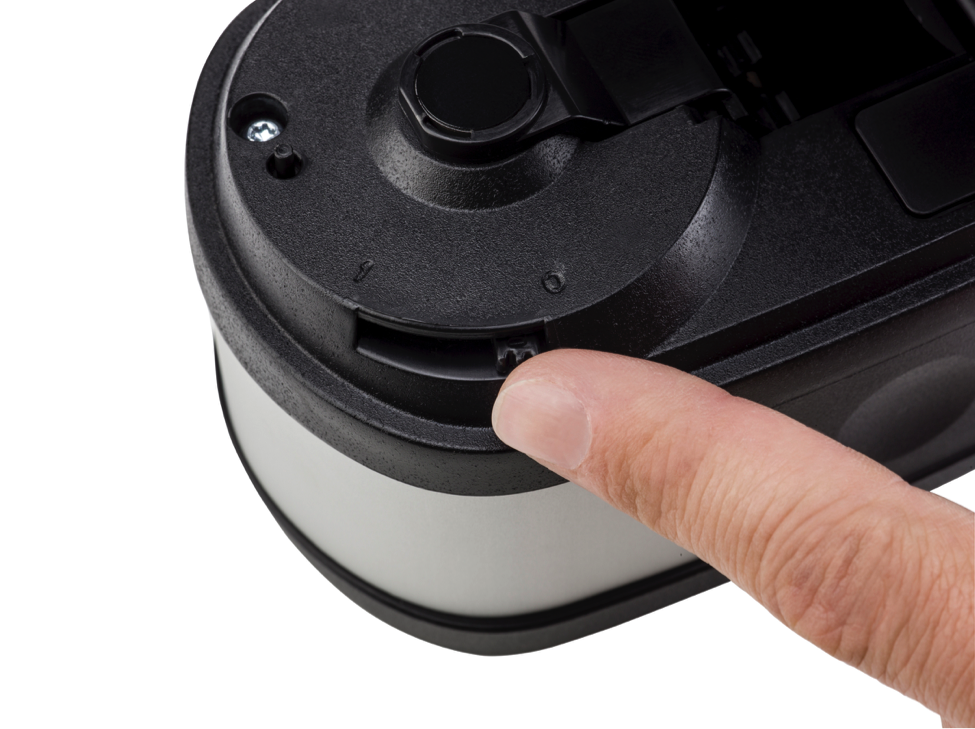When judging color, background can be a major distraction for the human eye. In fact, surrounding colors and patterns can actually change the perception of the color you’re trying to focus on.
One of the wonderful things about color measurement instruments like colorimeters and spectrophotometers is that they can’t be distracted. They aren’t susceptible to variables such as fatigue, age or color vision deficiency. They aren’t even aware that a surround exists – they only measure the reflected light from the targeted sample area through a system of lenses called an aperture.
If your job involves specifying, communicating, evaluating, or approving color, you need to consider aperture size in the color measurement process. Today we’ll review why that’s important and share tips to help you make the right choice for your color measurement applications.
Devices can come with different aperture sizes, usually ranging from 1.5 mm to 6mm. This diagram shows the difference in measurement area among apertures. The black circle represents the target window opening, the white circle represents the actual measurement area (the aperture size), and the blue square represents the minimum suggested patch size.
Different sized apertures measure a different area of the sample, so always use the same or closest sized aperture when comparing measurements. For the highest level of accuracy, we recommend using the largest aperture you can for the job. Larger apertures capture more of the sample, making measurements significantly more repeatable. However, smaller apertures are more versatile and easier to position around small defects.
When communicating data, always include aperture size and measurement positioning criteria. Measurement data will differ between small and large apertures, which is often a problem when designers, specifiers, and suppliers are communicating color using measurements from different instruments. If using the same instrument isn’t possible, using the same aperture size can at least minimize discrepancies.
The spectrophotometer will include everything in the aperture’s view in the measurement, including the background and/or positioning device. If your aperture doesn’t cover the entire sample, you need to use a standard backer, and use the same backer each time. Ideally, a rig or jig should be used to fit a uniquely shaped sample. Following the same process each time will keep your measurements consistent.
Choosing Aperture Size for Print and Packaging Applications
Areas with tone value should not be measured with an aperture that is too small to effectively evaluate the sample. If you are measuring tone values such as dot area, this chart can help ensure your aperture is large enough for your printed screen ruling. Line screening range varies based on patch size.
Our most popular device for print and packaging applications is the X-Rite eXact, which can be ordered with 1.5mm, 2.0mm, 4.0mm, or 6.0mm apertures.
Choosing Aperture Size for IndustrialApplications
Depending on the model of your color measurement instrument, a variety of aperture sizes may be available. For example, our Ci7800 sphere benchtop spectrophotometer offers up to five reflectance apertures and four transmission apertures, making it the perfect solution for many different applications.
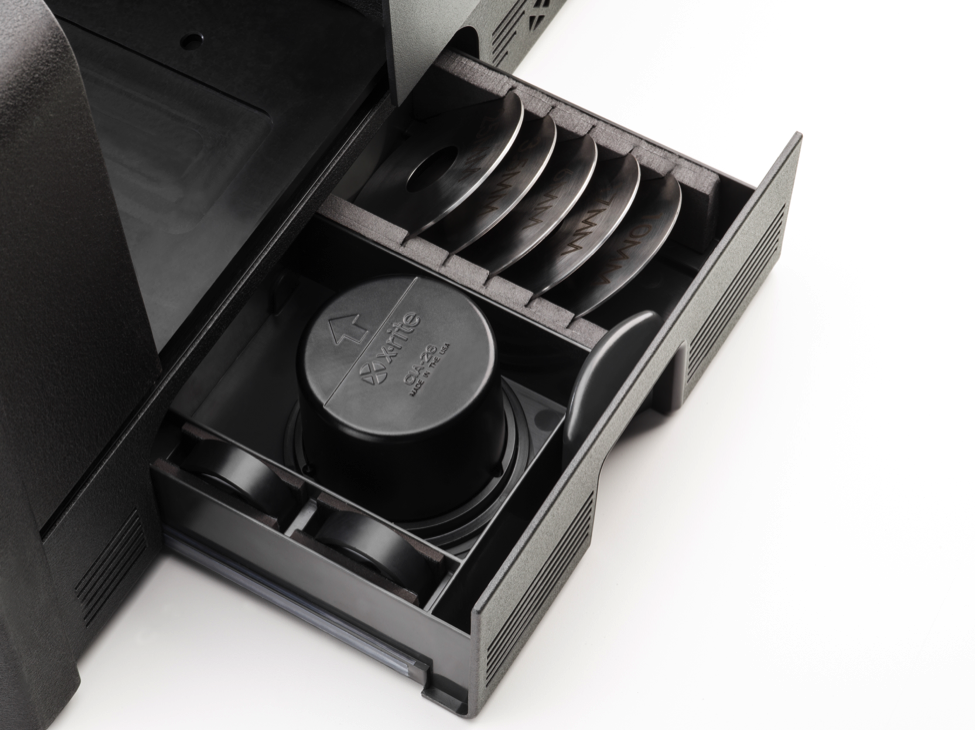
Conclusion
Choosing the right aperture for the job will save you a lot of time and confusion down the road. Be sure to have this aperture conversation with everyone involved in your supply chain!
If you’re not sure which is color measurement device or aperture size is right for you, get in touch. We are always happy to help!
